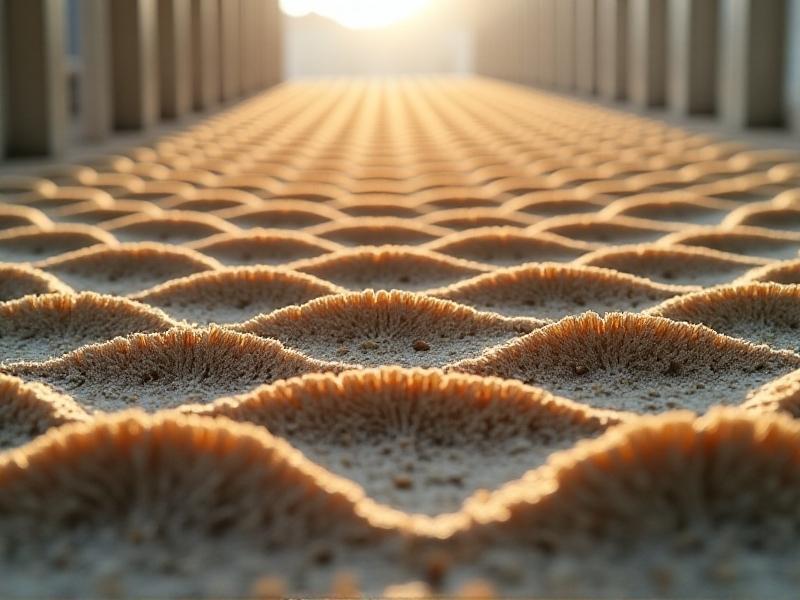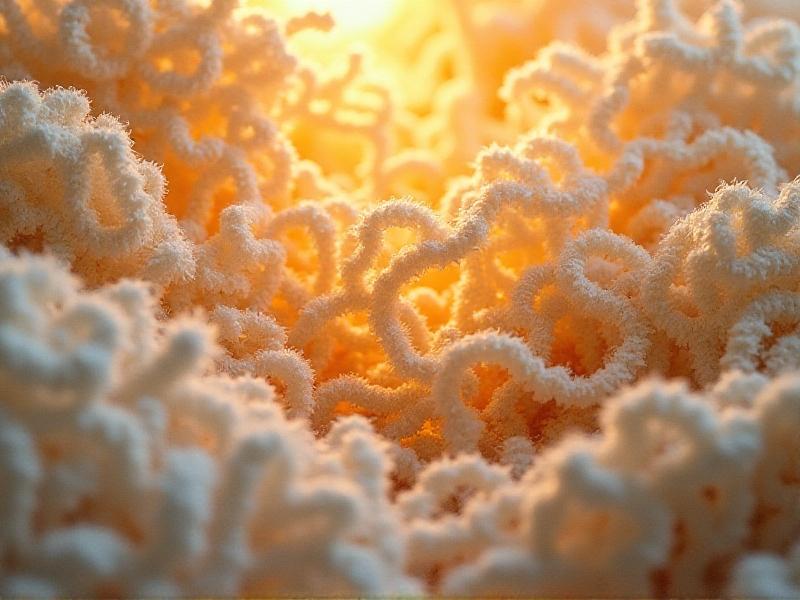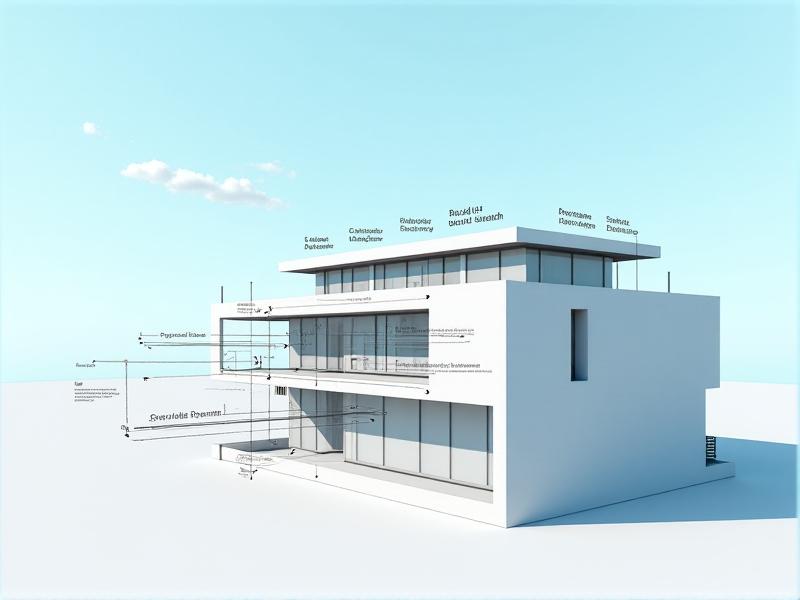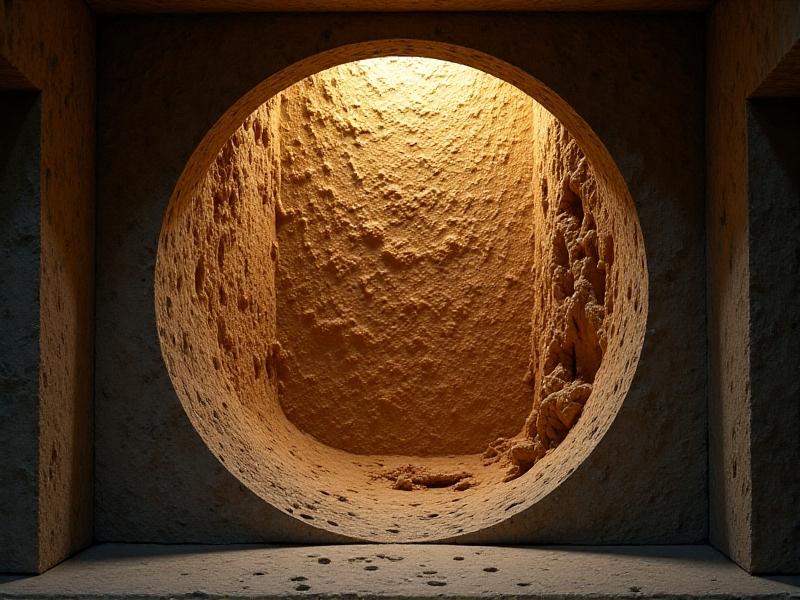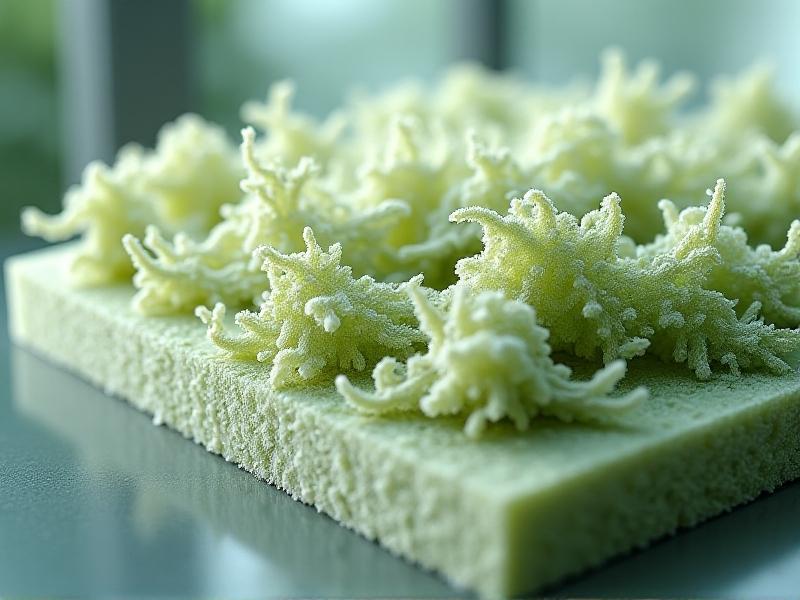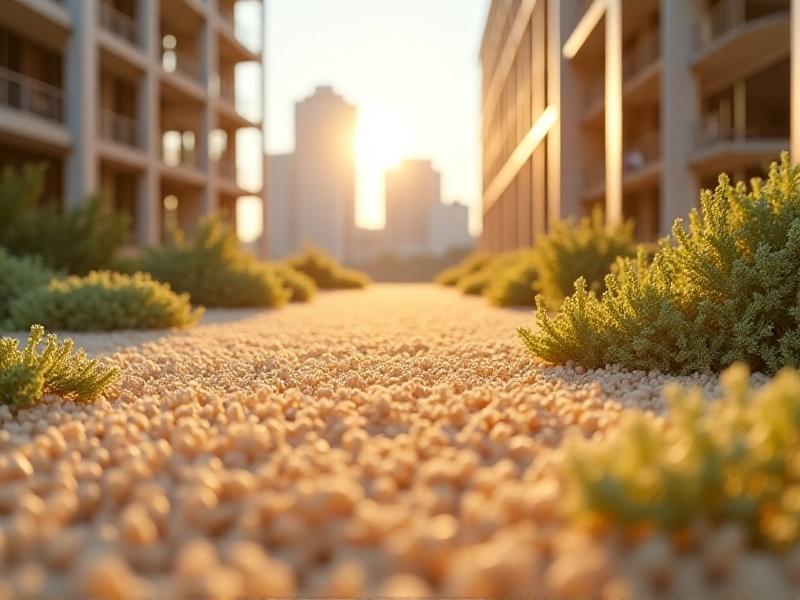Step-by-Step Guide to Home Mycelium Cultivation Chambers
Introduction to Mycelium Cultivation
Mycelium, the vegetative part of fungi, has become a popular subject for home cultivation due to its versatility and sustainability. Whether you're interested in growing mushrooms for culinary purposes, medicinal use, or even for creating eco-friendly materials, setting up a home mycelium cultivation chamber is a rewarding project. This guide will walk you through the process step-by-step, ensuring you have all the knowledge and tools needed to succeed.

Understanding Mycelium and Its Growth Requirements
Before diving into the practical aspects of cultivation, it's essential to understand what mycelium is and what it needs to thrive. Mycelium consists of a network of hyphae, which are thread-like structures that absorb nutrients from their environment. For successful growth, mycelium requires specific conditions: a suitable substrate, proper humidity, controlled temperature, and adequate air exchange. This section will explore these factors in detail, helping you create an optimal environment for your mycelium.

Choosing the Right Substrate
The substrate is the material on which mycelium grows, and selecting the right one is crucial for successful cultivation. Common substrates include straw, wood chips, sawdust, and agricultural byproducts like corn cobs. Each substrate has its own advantages and disadvantages, depending on the type of fungi you want to grow. This section will guide you through the process of selecting, preparing, and sterilizing your substrate to ensure it's free from contaminants and ready for mycelium inoculation.
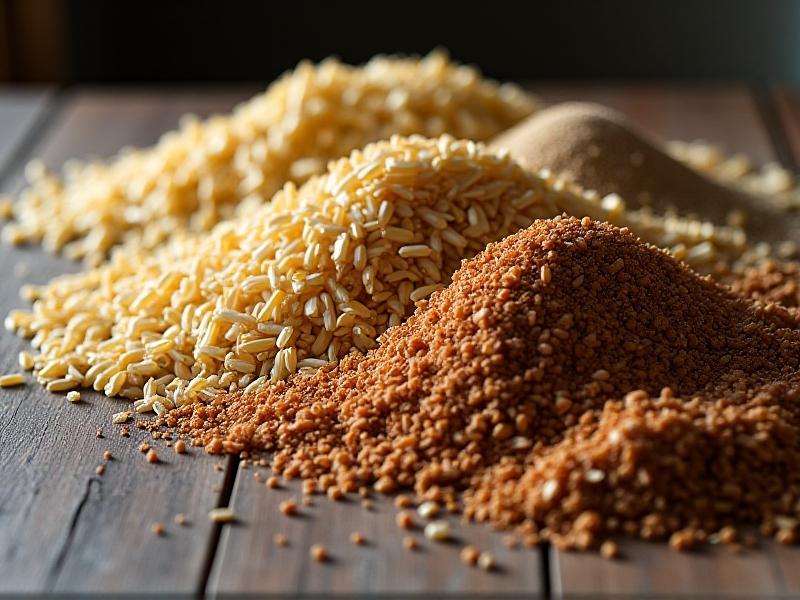
Setting Up Your Cultivation Chamber
Creating a controlled environment is key to successful mycelium cultivation. A cultivation chamber can be as simple as a plastic storage container or as complex as a custom-built grow tent. This section will cover the essentials of setting up your chamber, including maintaining humidity, regulating temperature, and ensuring proper ventilation. You'll also learn about different types of chambers and how to choose the best one for your needs.
Inoculating the Substrate with Mycelium
Inoculation is the process of introducing mycelium to the substrate, and it's a critical step in the cultivation process. This can be done using spores, liquid culture, or grain spawn. This section will provide a detailed guide on each method, including the tools and techniques needed for successful inoculation. You'll also learn how to minimize the risk of contamination and ensure a healthy start for your mycelium.
Maintaining Optimal Conditions for Growth
Once your mycelium is inoculated, maintaining the right conditions is essential for healthy growth. This section will delve into the specifics of humidity control, temperature regulation, and air exchange. You'll learn how to monitor these factors and make adjustments as needed. Additionally, we'll discuss common issues that may arise during this phase and how to troubleshoot them effectively.
Harvesting and Using Your Mycelium
After weeks of careful cultivation, it's time to harvest your mycelium. This section will guide you through the process of harvesting, whether you're growing mushrooms for consumption or mycelium for other uses. You'll also learn how to store and preserve your harvest, as well as creative ways to utilize mycelium in various applications, from cooking to crafting eco-friendly materials.
Advanced Techniques and Troubleshooting
For those looking to take their mycelium cultivation to the next level, this section will explore advanced techniques such as cloning, strain isolation, and scaling up production. Additionally, we'll cover common problems that cultivators face, such as contamination, slow growth, and pests, and provide practical solutions to overcome these challenges. Whether you're a beginner or an experienced cultivator, this section will offer valuable insights to enhance your skills.
Conclusion: The Future of Home Mycelium Cultivation
As interest in sustainable living and eco-friendly materials continues to grow, home mycelium cultivation is poised to become an increasingly popular practice. This guide has provided you with the foundational knowledge and practical steps needed to start your own cultivation journey. By mastering the art of growing mycelium, you not only gain access to a versatile and sustainable resource but also contribute to a greener future. Happy cultivating!
